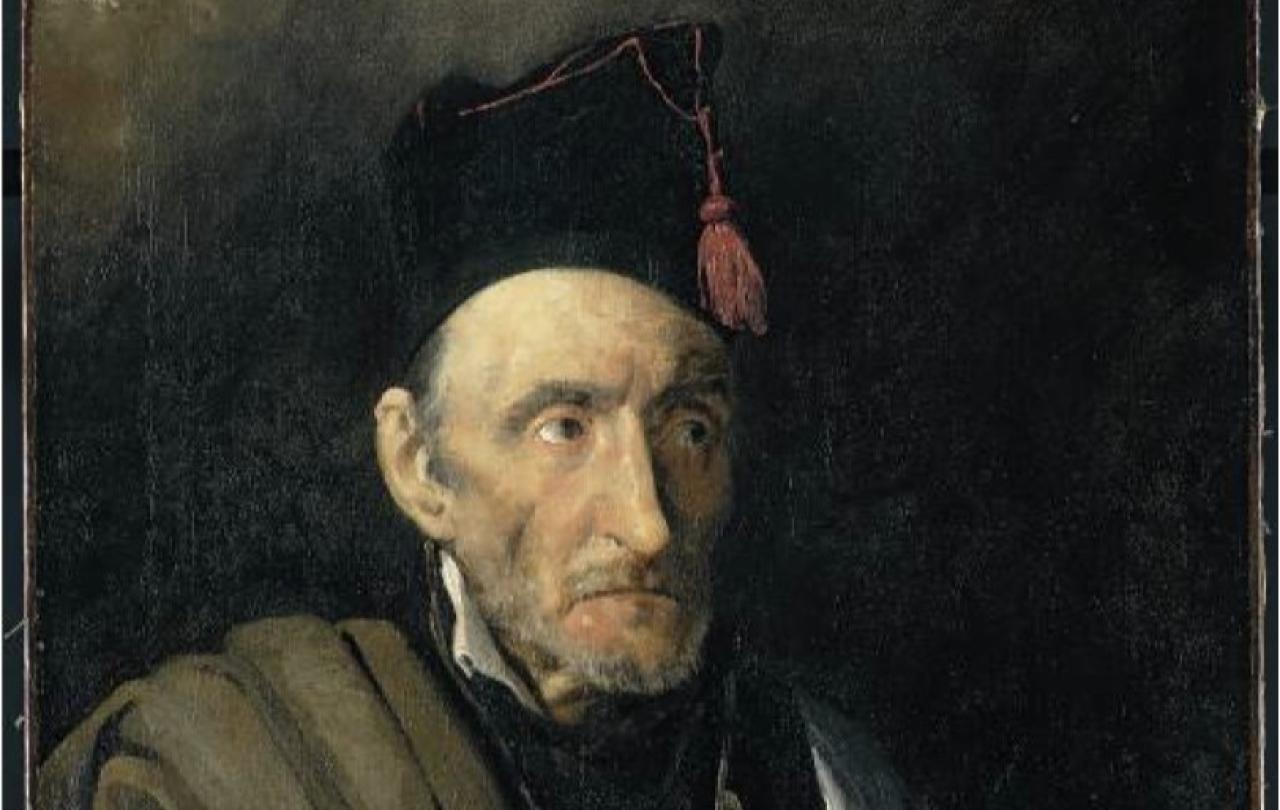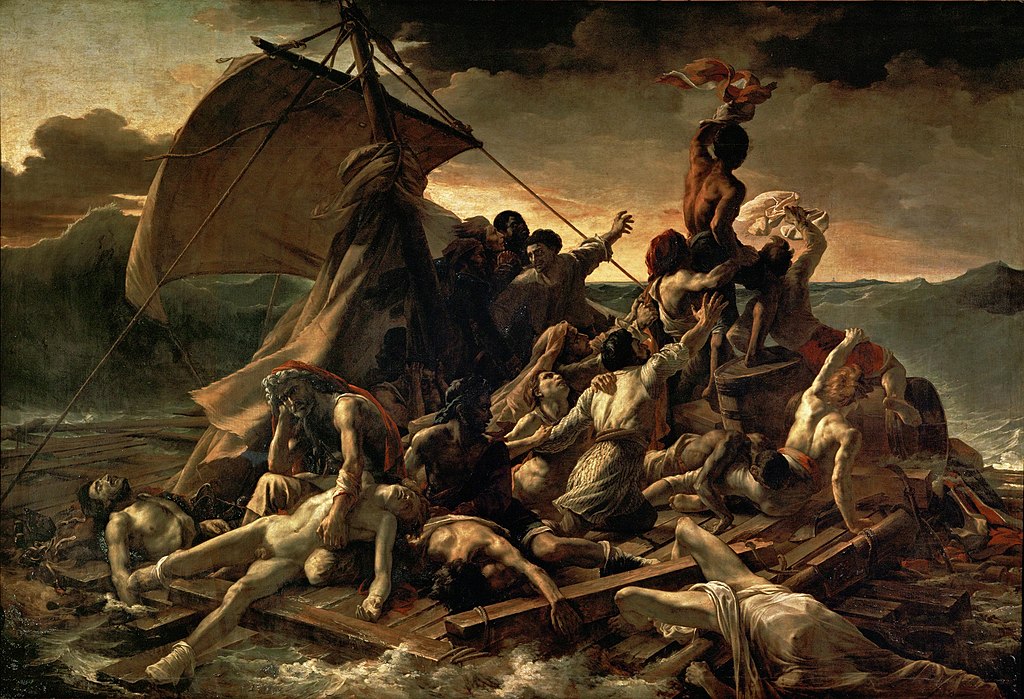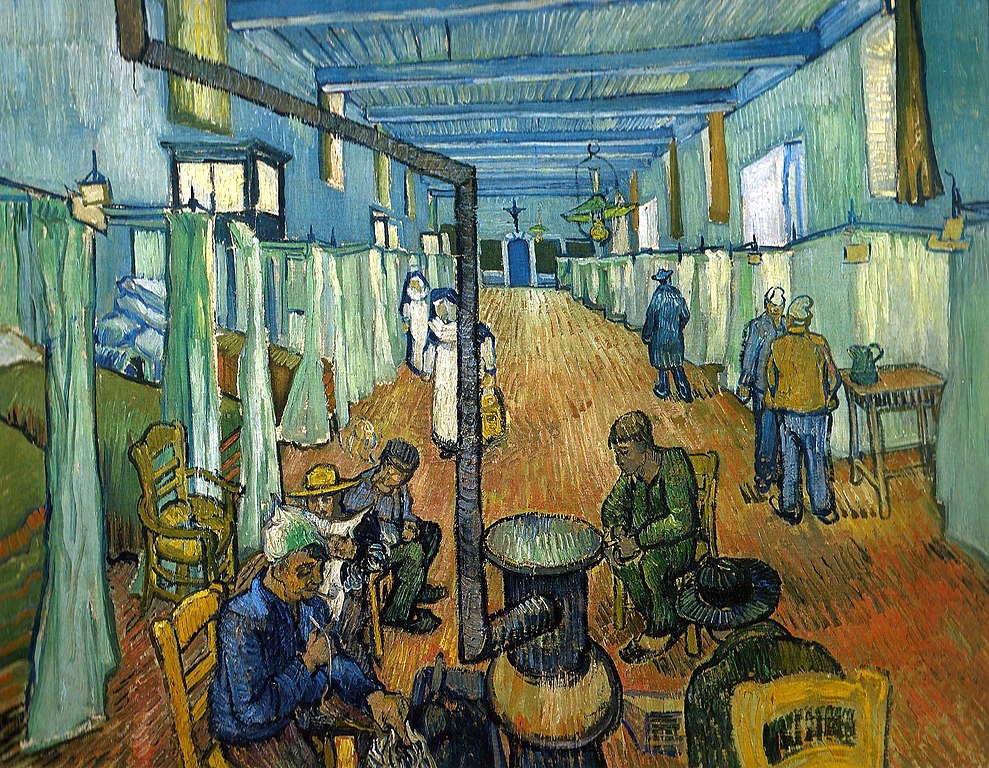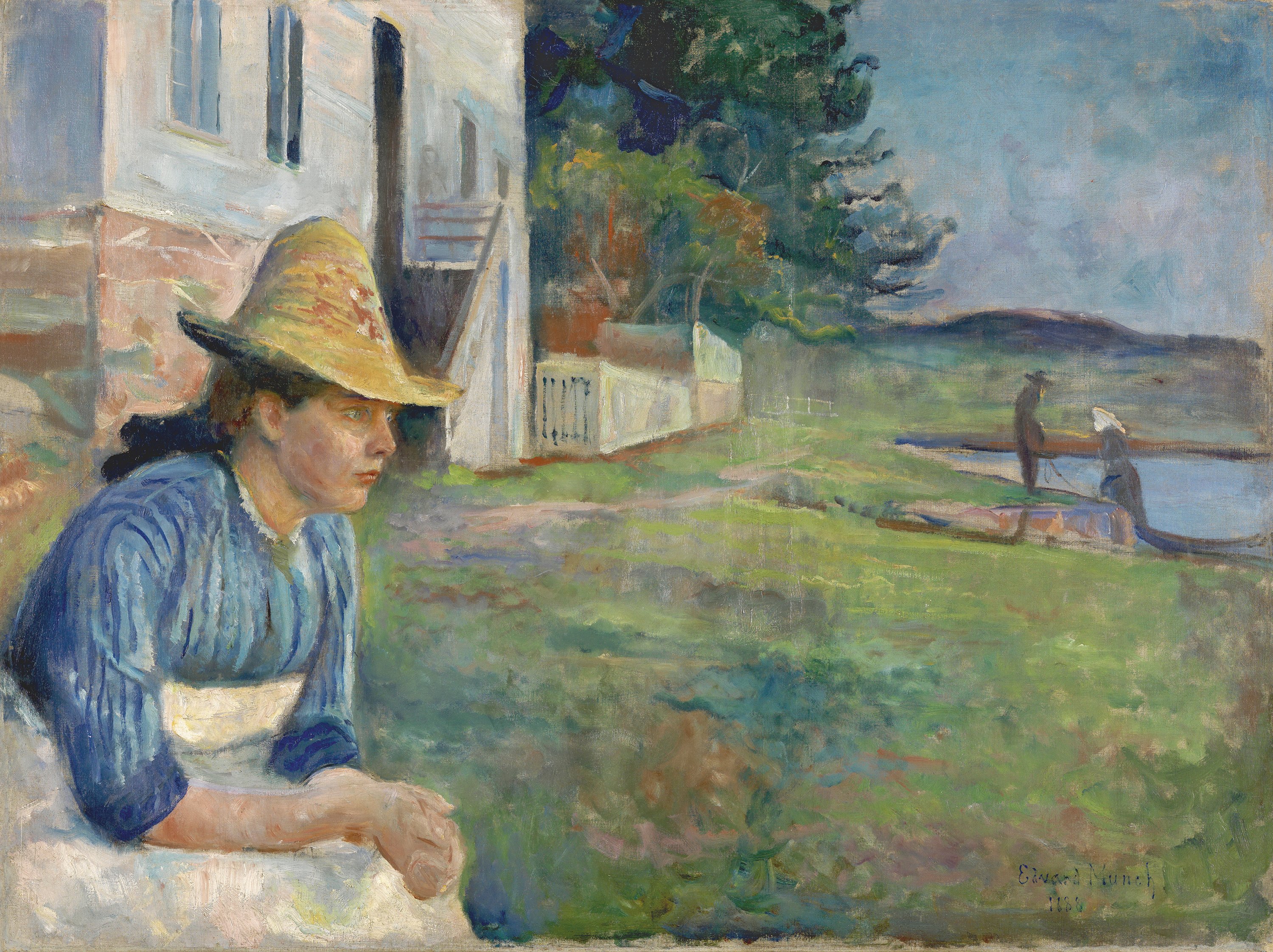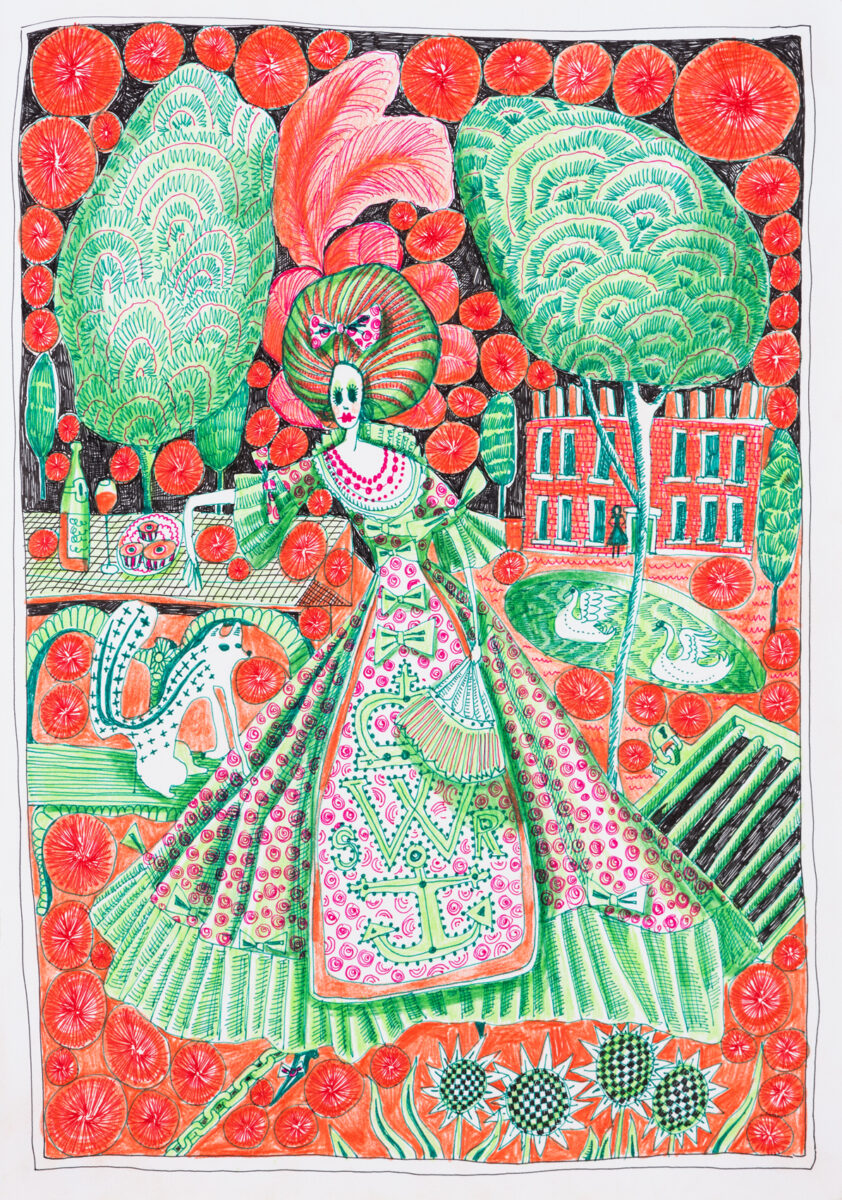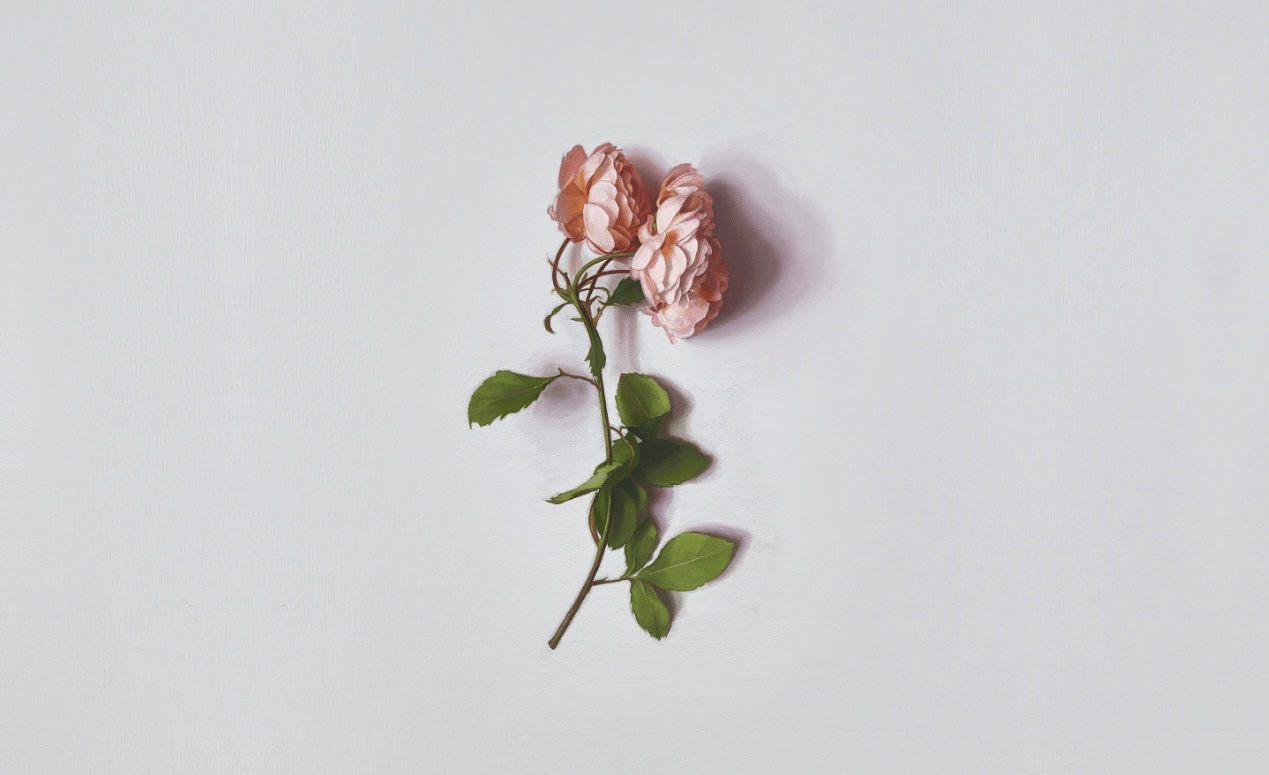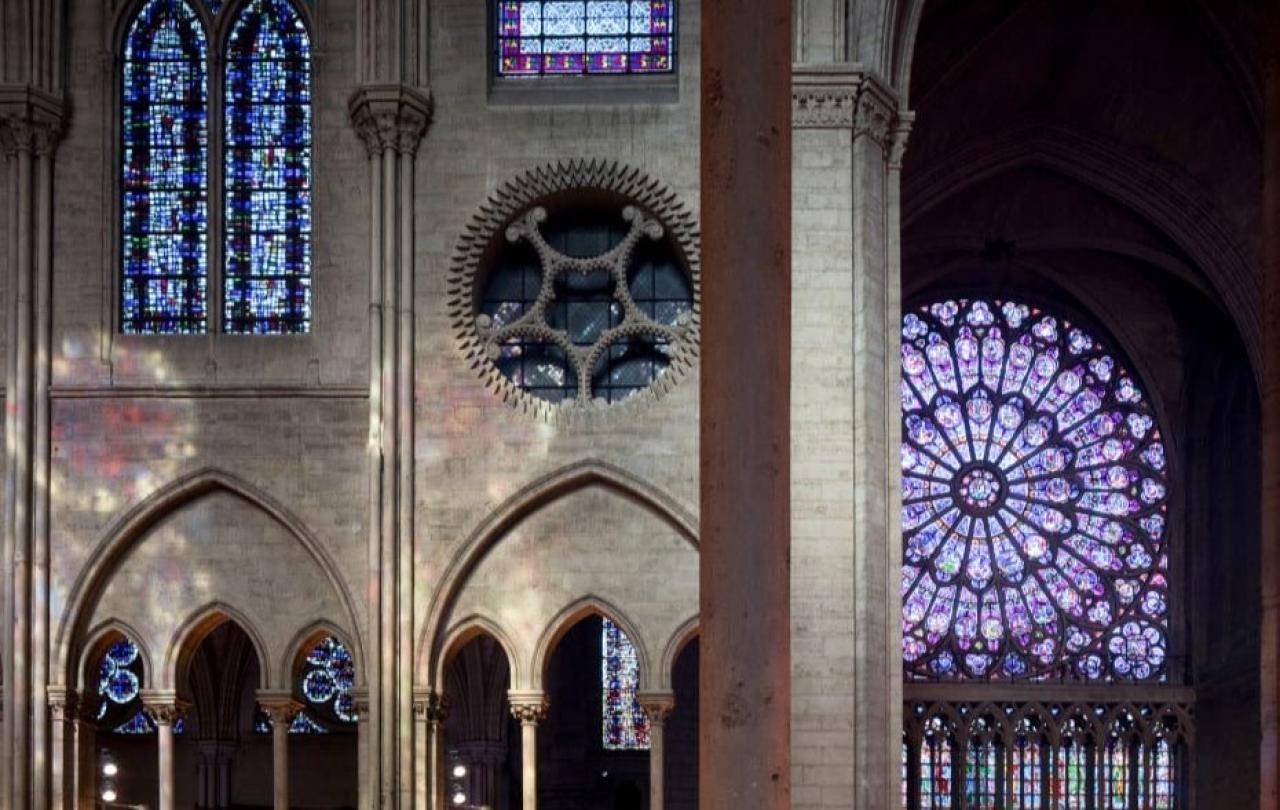
On the day the Notre Dame cathedral burned my daughter was just a few days shy of her fourth birthday. She was serious and silent as we watched, on our computer screen, the flames lick through the roof and the spire fall. When I closed the computer, my daughter slipped quietly upstairs to her bedroom and pulled out her collection of pennies scrounged from parking lots, sidewalks, and in between furniture cushions. She placed them into an envelope along with a drawing of the cathedral (spelling wasn’t in her tool kit yet) and directed me to please post it to Paris “for them to fix Notre Dame with.”
It was a beautiful thing to do. And while, unfortunately, it was going to take rather a lot more than a few US pennies to do the job, my daughter was instinctively picking up on something that many others were too: first, that we didn’t want to lose Notre Dame, and second, that it was going to cost a lot of money to save it. Within the first 48 hours €900mn were pledged to the restoration effort from French sources alone.
It was heartwarming at first, France and the rest of the world rallying to save this architectural and historical treasure. But a sour note soon crept in. This sudden appearance of so much money, ready and available to help rebuild the cathedral left many wondering why that money had not been directed toward improving and even saving lives in France and throughout the rest of the world.
A few weeks later, ethicists Peter Singer and Michael Plant co-authored an article echoing these concerns. Bluntly titled “How Many Lives is Notre Dame Worth?”, Singer and Plant argue that the €1 billion currently pledged to Notre Dame’s reconstruction would be better directed to, for example, bed nets for impoverished people in malaria-stricken regions of the world. They estimated that €1 billion dedicated to this cause could prevent approximately 285,000 premature deaths.
It made me uncomfortable, the facts stated like that. Is it right to be devoting so much money to a project that is largely aesthetic when there are people dying of want? If my daughter were in danger of dying from malaria or malnutrition, I would wish for her to be prioritised over a thousand cathedrals.
And yet, envisioning a world in which everything beautiful, but not strictly necessary to keeping a heart beating – ballet companies, art galleries, poetry publishing houses, infrastructures that protect the world’s national parks, ancient cathedrals – is neglected and left to crumble until every human on the globe has their basic, practical needs met seemed to me to be self-inflicting another kind of deep poverty. What ought we, as people who want to make the world better for everyone, to do with our resources of money, time, and strength?
Beauty allows the trauma sufferer to discover empathy both for themselves and others (goodness) and thence to recognize themselves once more as human (truth).
Recently, a book entitled The Ethics of Beauty, by Greek Orthodox ethicist, Timothy Patitsas, has informed my perspective on this quandary. In the preface of his book Patitsas critiques the definition of contemporary ethics (“the rational investigation of morality”) in its elevation of two of the Socratic transcendentals, Truth and Goodness, to the exclusion of the third, Beauty. He writes,
“. . . we find Ethics identifying itself as the investigation of ‘the Good’ by ‘the True’ . . . But, in discarding Beauty, Ethics itself risks becoming not only unlovely but also an affront to loveliness and loses its power to motivate the human soul except through the force of argument.”
I recognize this modern approach in Singer and Plant’s article. They extrapolate what goodness would be (directing money toward providing bed netting) from what is true (the number of needy people and the lives that could be saved). Patitsas suggests, instead, an approach to ethics that leads with Beauty, then flowing to Goodness and Truth. “If we do not begin with Beauty,” he writes, “it is all too easy to miss the full complexity of human personhood.”
Patitsas believes that only those who have “encountered the very antithesis of Beauty” can judge whether the “Beauty-first” approach has any merit, and so his first chapter is a discussion of how it might serve those who have suffered severe trauma. Citing the work of psychiatrist Jonathan Shay, Patitsas explains that a traumatic experience is the profound learning of a soul-shattering “truth”, resulting in a profound excommunication of the sufferer from their fellow humans, from God, and from themselves:
“In any all-engulfing experience, you obtain a knowledge that totally overtakes you, but when such an experience includes trauma, other effects are added, including the cutting of communion, the unraveling of character, and the learning of heretical truths.”
These “heretical truths”, according to Patitsas, are newfound, deep, perhaps unarticulated, revelations that the world is hostile towards the sufferer, and that their life is not situated in a mutually dependent, mutually beneficial relation to their fellow humans. Instead, humankind is a threat to them, and God, at best, has no interest in their flourishing. In other words, it leads the sufferer to view and position themselves as something outside the bounds of humanity. Patitsas writes, “When we experience trauma, our very being is thrust away from coherence and solidity and towards non-being - and this is hell.”
Shay found that suicide among traumatized war veterans increased significantly when they were treated using talk therapy, an exclusively truth-centric Freudian approach. Instead, Patitsas argues, the trauma sufferer must be “recommunicated” through Beauty – Beauty being the only agent with experiential power sufficient to meet the potency of trauma. Beauty allows the trauma sufferer to discover empathy both for themselves and others (goodness) and thence to recognize themselves once more as human (truth).
When I first read Patitsas’s description of a Beauty-first path back from trauma I immediately recognized it as my own. In my twenties I experienced, within 18 months of each other, the violent deaths of my brother and my baby son. And truly I felt like a razor blade had engraved in the marrow of my bones the heretofore concealed truth of the universe: nothing precious will survive. I viewed other people as a threat, either for their propensity to suddenly die and break my heart, or the way they caused harm either deliberately or accidentally. God became my worst enemy, all-powerful and merciless.
And yet, most of the rest of the world did not appear to know what I now knew, so I felt forced to cut myself off in order to protect myself and to stay true to truth itself. I was a Gollum-like creature living in the shadows, reduced to panic-attacks set off by ordinary noises such as the doorbell ringing or an object being dropped. Sometimes I just lay in a ball on the floor and screamed for no particular reason other than that the world was so terrifying, so horrifying. I used to be a sane person, now “truth” had made me insane.
The way back to the land of the living was not, for me, through rationality. I cannot, to this day, say why these tragedies happened; I don’t imagine I will ever feel at peace with them. And it was a long time before I was able to speak the truth of what had happened without feeling that I was just twisting the knife in my wound. The first time I caught an inkling that maybe I still might find a place in the world was through a work of fiction. I read of a young Italian who becomes a soldier and is caught up in the ravages of the first World War. He loses everything and everyone precious to him over the course of the war and he witnesses and participates in situations contrary to all moral order. He survives the war, but must discern whether and how to live in its aftermath. The book is his recollection and reflection, as an old man, upon his life. He dies pronouncing the sum of it all as beautiful and precious beyond measure. And reading it I could see that it was. I could recognize myself in much of his pain and struggle, but for the first time I had seen a vision of a way of living that does not deny all that is traumatic and cruel, but can yet hold it within a vessel of costly and weighty beauty.
When we encounter something truly beautiful, we do not perceive that we are all-important, but it affirms that we are a precious part of a transcendent whole.
Another agent of recovery was a recording I owned of the great pianist Artur Rubenstein performing the second movement of Chopin’s first piano concerto. The way he touches the piano keys at certain moments is the tenderest, gentlest thing I have ever known. I used to lay on the floor, a bloody mess, and break my heart into that music and feel it miraculously held. I found that my heart, though black and almost smoking with ruin, surprisingly arose and responded to that gentleness. It could live in that small corner of the universe, completely without fangs. I could still find a home among such things.
There was also a very large, old cemetery, an oasis of big trees, flowers and grass, in the midst of the gray concrete city in which we lived. I used to walk the miles of paths through the cemetery and watch the seasons change: the flowers in the spring, the leaves in the autumn, the green grass in the summer, snow in the winter. I would read the inscriptions carved into the gravestones by the people who loved them, and I could not deny that although death was here in abundance, so too was life.
It was then, once Beauty had cracked the door open and enabled me to at least consider the possibility that I might still be able to live, that was I able to follow where Beauty had gone ahead and allow people to touch me with love. Then I could speak of my pain in a way that could heal instead of just fester the wound.
As I have spent time pondering Patitsas’s thesis, it occurs to me that a worthy definition of Beauty might be that which regifts to all of us – trauma sufferers or not – the goodness and truth of our humanity. From the earliest days of the Judeo-Christian faith, Beauty has been believed to be a manifestation of God in the world, a showing-forth of his character. Since this tradition also teaches that the primary identity of humans is that we bear God’s image, it seems logical that Beauty might also act as a corrective and restorative mirror to us humans in a world in which our humanity is constantly barraged both from within ourselves and from outside influences. When we encounter something truly beautiful, we do not perceive that we are all-important, but it affirms that we are a precious part of a transcendent whole. Beauty does not flatter us that we need no improvement, but rather, it acknowledges our limited strength, limited power, limited knowledge and wisdom, limited desire and ability to do good, and yet assures us that it can hold these wounds and that we possess incorruptible dignity. And when we grasp the reality and blessedness of our own humanity, we are able to recognise and embrace it in others as well. Then we are moved to provide bed netting for those who need it, food for those who are hungry, medical help for the sick and wounded, companionship for the lonely, and all other acts of kindness and mercy.
And so, I affirm with all my heart Singer and Plant’s assertion that we ought to make great efforts to save lives and ameliorate suffering. Indeed, these actions are themselves beautiful! However, it is only at our very real and profound peril that we discount Beauty as a waste of resources. If we do not allow Beauty the seat at the head of the table, we are in grave danger of forgetting why it is that we must do what we can to ease suffering, of forgetting why life is worth preserving, of forgetting that it is possible to have every physical need met and yet be dying.
In this world we are often constrained to choose between tragic options, and there may come a day when Notre Dame must be left to crumble. However, even though I live thousands of miles from Paris, it does my heart good to see it so wonderfully resurrected, and I sense many share my joy.
Notre Dame is already birthing more Beauty into the world. According to a recent article, the reconstruction project has injected a surge of life into the arts and crafts sector. I hope it will result in the creation and preservation of many good and beautiful things. And I hope that we will, all of us, become artisans of the world, creating and tending Beauty. May Beauty appear as stories, music, art, and architecture. May it show up as the tending and protection of nature. May it be food, clean water, mosquito netting placed into hurting hands. May it be caring medical attention. May it be gardens tended and work well done. May it be patience, forgiveness, and grace extended. May it be measured, considered words spoken and printed. May it be children generous with their pennies.May it be Notre Dame standing another 800 years and more.
Support Seen & Unseen
Seen & Unseen is free for everyone and is made possible through the generosity of our amazing community of supporters.
If you’re enjoying Seen & Unseen, would you consider making a gift towards our work?





